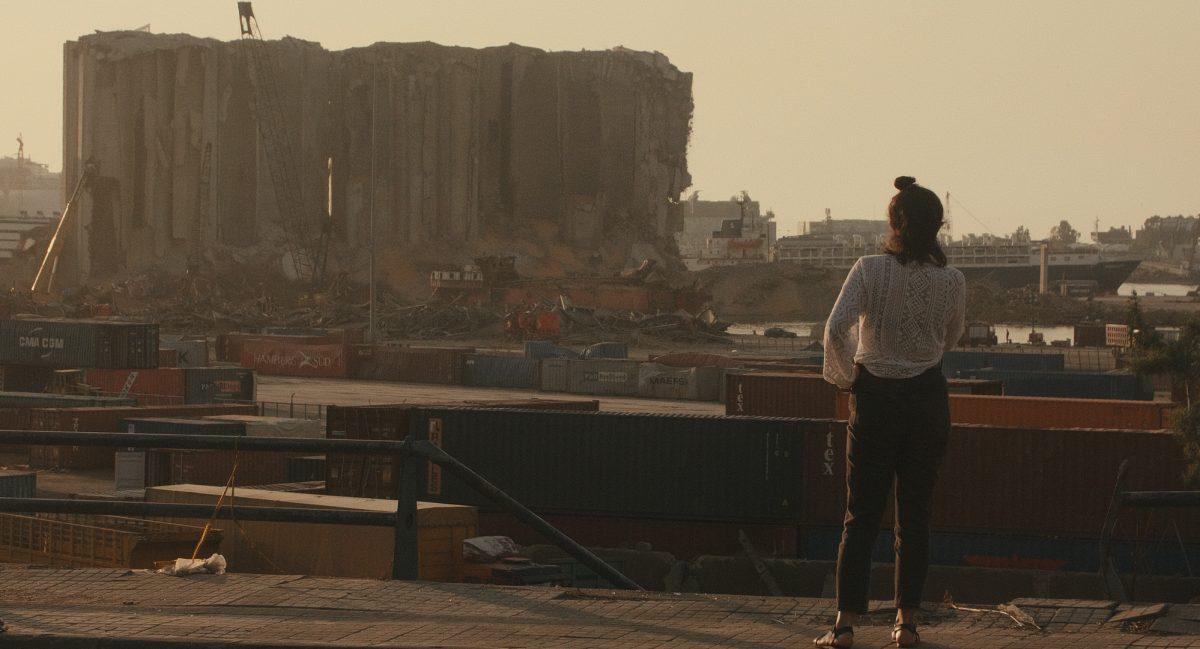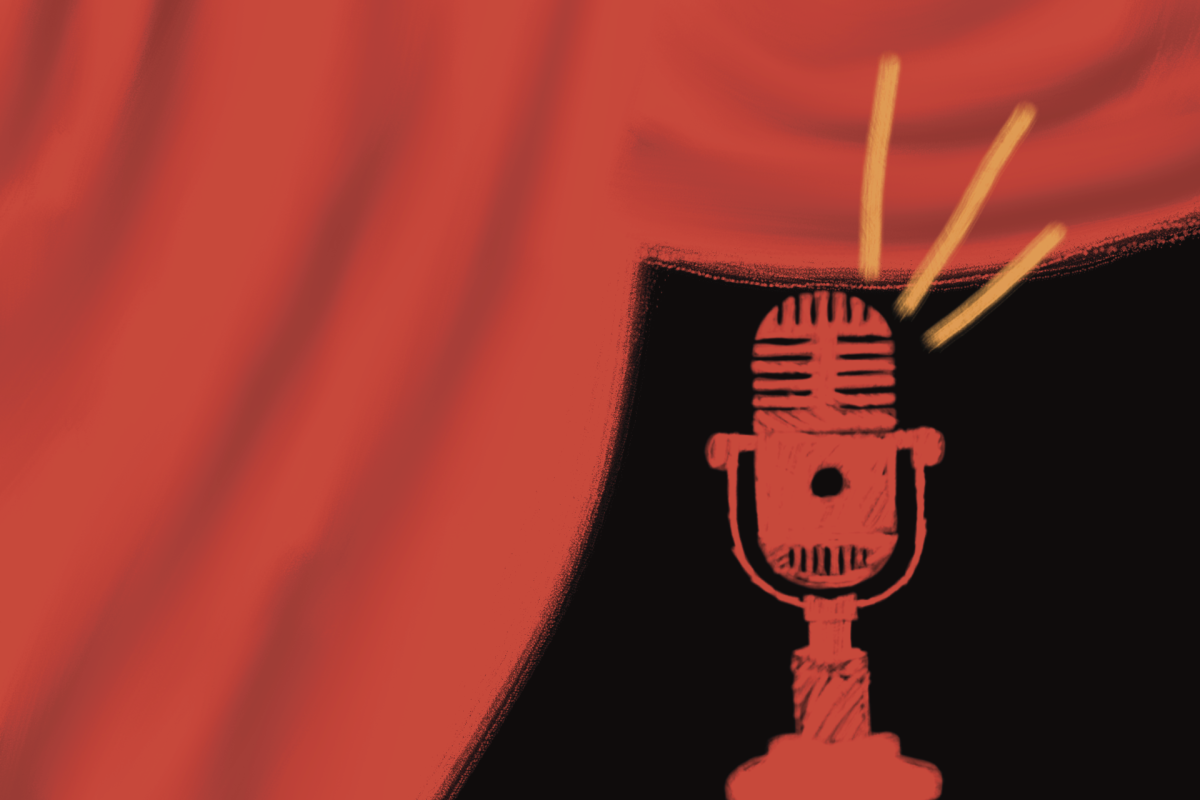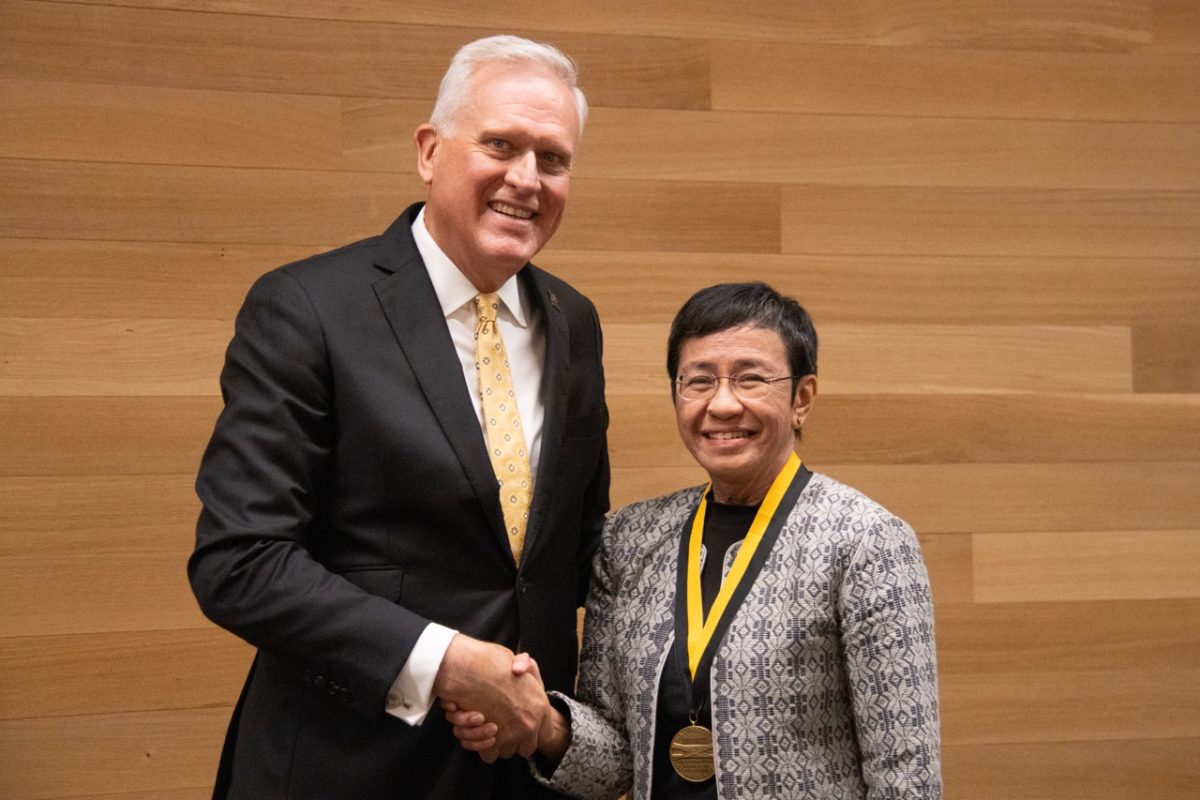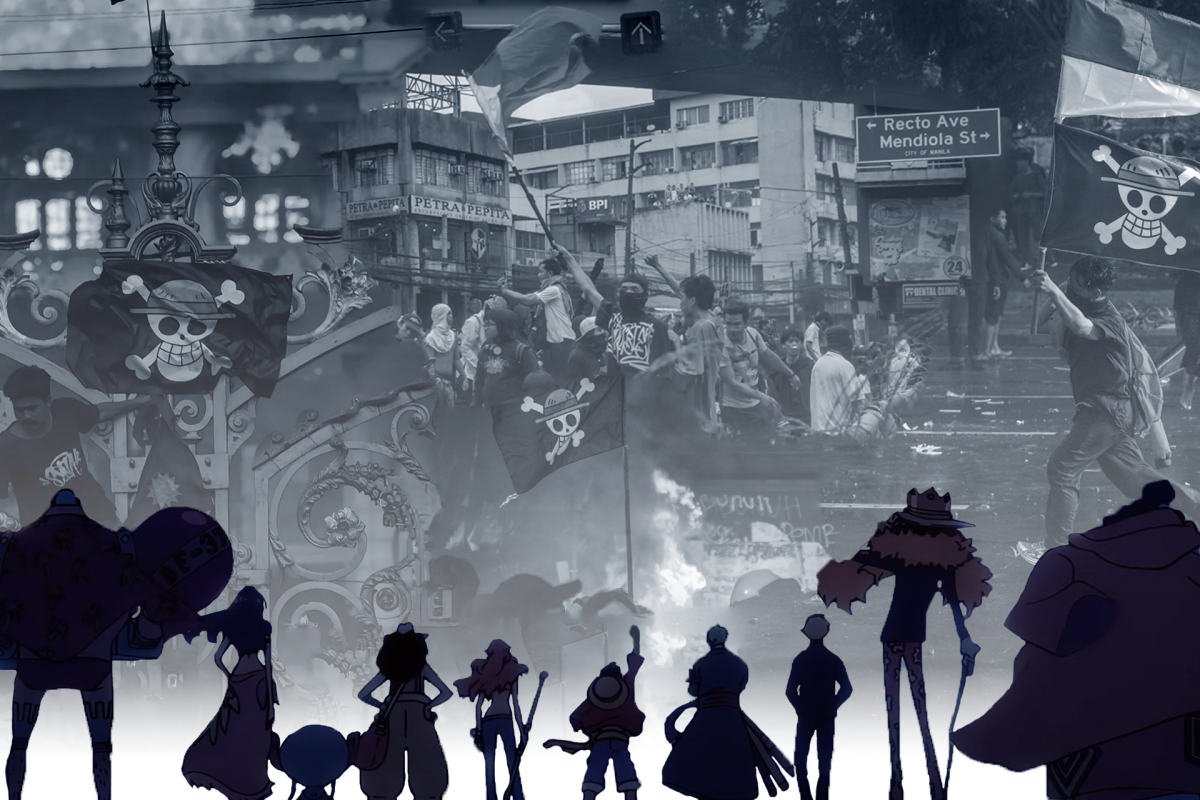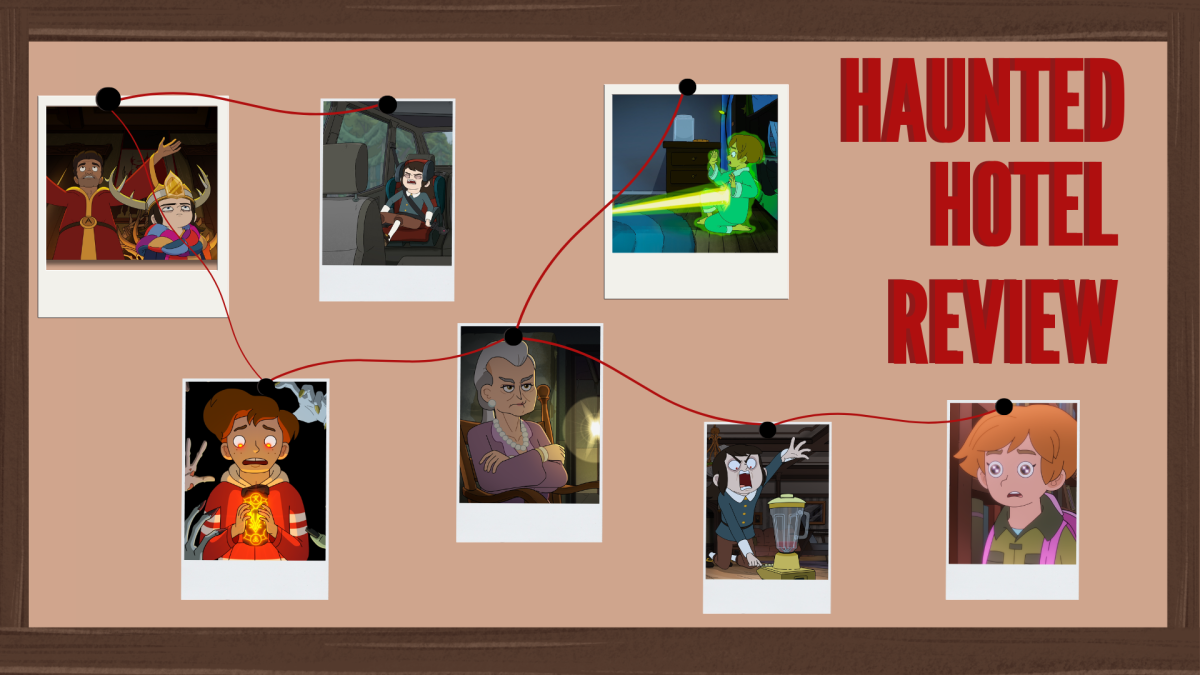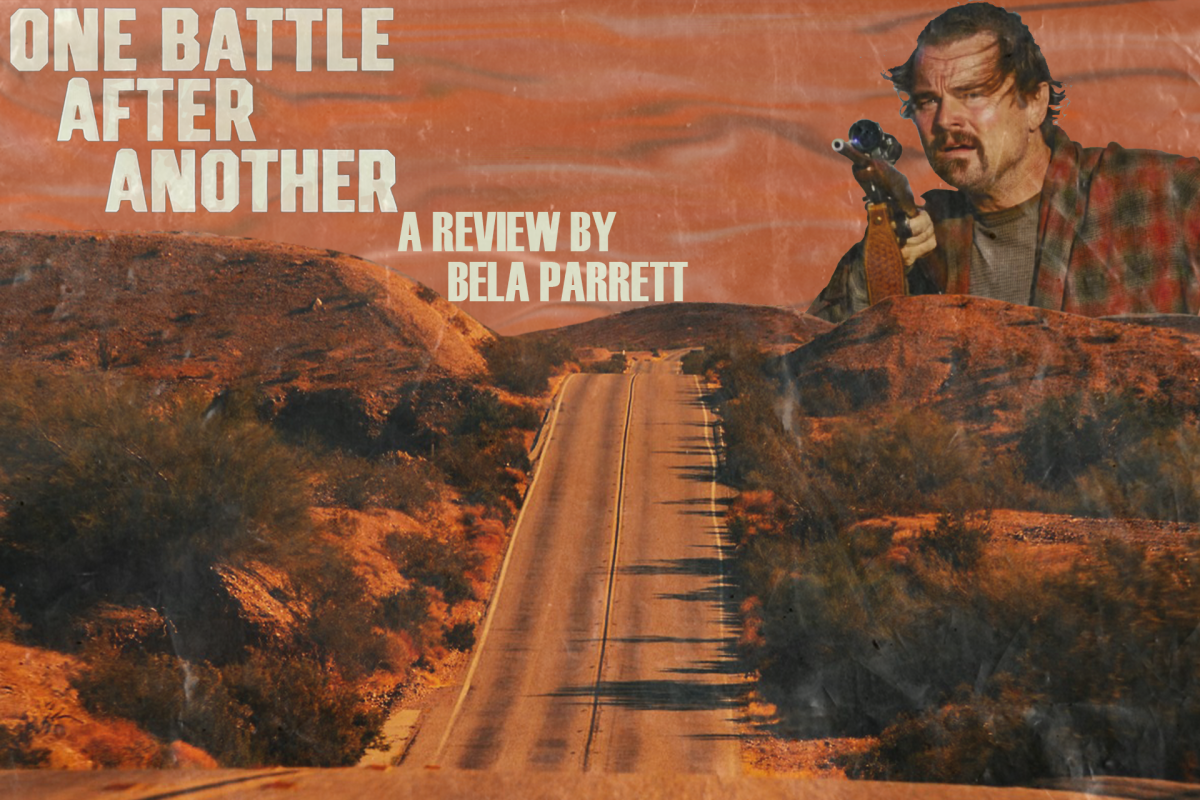The documentary explores the resilience of a crew set on making a film about the failure of the Lebanese government
“Dancing on the Edge of a Volcano” is proof of human determination in documentary form. A behind-the-scenes documentary exploring the production of the film “Costa Brova, Lebanon.” Which follows a family as they move to the mountains in hopes of leaving Beirut, and the corruption that surrounds the city, behind. All is well for a short time until the Lebanese government contracts a garbage dump behind the family home.
Throughout the documentary, there’s a strong connection established to the collective trauma of the 2020 explosion that rocked Beirut, a month before the film started shooting.
Given the context, the audience can almost feel the pressure the producers and the director are in. Many scenes are shot at pre-production meetings filled with stress and frustration with the many obstacles that lie in the way of the film. Not only was the stress of the explosion evident, but torrential rain took place on the filming site days before filming commenced, creating a muddied landscape that was a risk for the crew to film on.
The cinematography in this documentary begins rocky and handheld, with shots of glass-bloodied faces and apartments without walls. It presents a city hurt and in chaos. Soon the audience drifts away from the horror and into the lush and vibrant landscape of the Lebanese mountains.
The passion of director Mounia Akl is not lost throughout this film. She continues to push the crew to get the best work for the movie. Her ability to help the other members of her crew get through the hard times is put on to film This is most evidently shown with scenes of Akl dancing with the young actors and also running around the set with a huge smile. Even after all the warnings that the film should be abandoned due to the atmosphere in Lebanon, her resilience kept the crew on track.
The documentary follows the detainment of “Costa Brova, Lebanon” main actor Saleh Bakri in a Turkish airport days before shooting. Bakri, who is from Palestine, faced additional difficulty traveling through the Middle East with his Palestinian passport, because of travel bans put on Palestinian citizens at the time.
After being released Bakri must stay in a Jordanian hotel for two weeks to ensure he didn’t give COVID-19 to any cast or crew members. The twin girls Seana Restom and Geana Restom who play the daughters in the family catch the virus during filming, putting everything on hold.
After filming wrapped up, the documentary follows the crew as they relocate to Beirut to make final edits. These must be done within two-hour increments due to energy rationing policies from the Lebanese government.
The audience is placed right into the madness of the fast-paced editing. Many times throughout this process the crew will be in the middle of editing only for the power to go out, and with sighs of frustration the crew must wait until the next day to continue.
The film ends with Akl visiting her father. There she stresses the future of Lebanon, saying that her country is dying and doesn’t believe that there will be a Lebanon for her children. Her father responds with some words of wisdom, saying that the youth will wake up, that they are the future and that the future is in good hands. Akl’s father helps give the audience a very optimistic way to end the documentary.
“Dancing on the Edge of a Volcano” is not a documentary that many would go out of their way to watch, but it is an inspiring film for any person wanting to know what it takes to make a movie, or just to face insurmountable odds. It proves that with enough passion and resilience, an artistic idea can grow into something beautiful.
Edited by Alex Goldstein | [email protected]
Copy edited by Sterling Sewell | [email protected]
Edited by Scout Hudson | [email protected]


